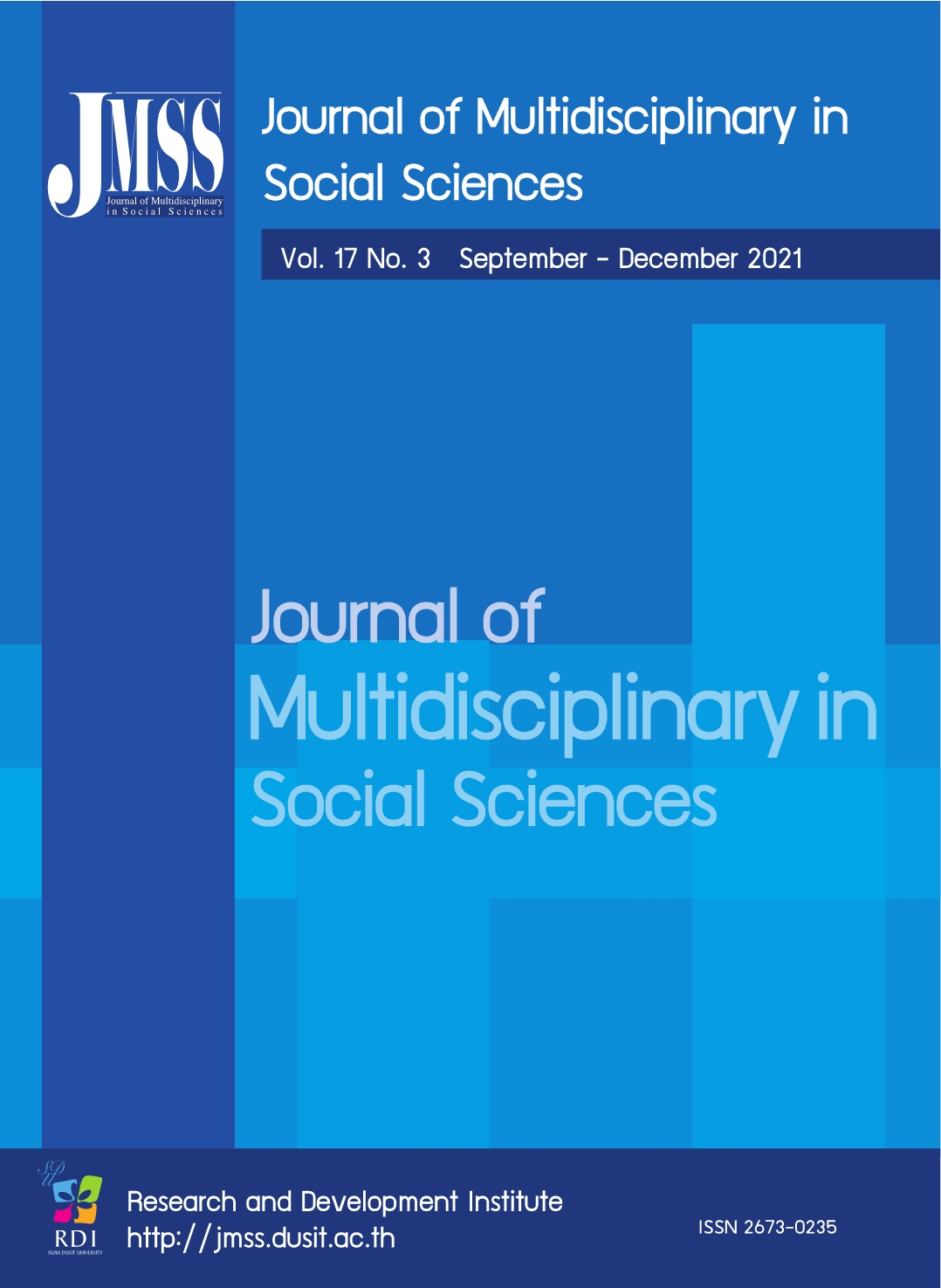Filipino Cultural Heritage and Identity Preservation: The Case of Naga City
Keywords:
Cultural heritage, Cultural identity, Ethno cultural groups, Naga city philippinesAbstract
The study explored how the local government of Naga City promotes Bicol's unique culture as an integral part of the Filipino Cultural Heritage and Identity. Qualitative research methods involving document analysis, review of literature, and observations were used for this study. The result revealed that colonialism influenced Filipino cultural heritage and identity. This new identity led to the destruction of many historical landmarks, cultural sites, historical structures for economic development. It was further noted that the government doesn't have enough data on the Philippines' ethno cultural groups, and there is very little research conducted on cultural heritage and identity preservation. Besides, the government hasn't well- implemented the formulated strategy that could help restore the Philippines' lost cultural heritage and identity. However, the Naga City Government holds its annual celebration of the "Our Lady of Peñafrancia Festivals" and other cultural promotion activities. The city government fully funds this festival and cultural activities. Therefore, it seems prudent to mention that Naga is one of the few cities in the Philippines that cherishes and promotes its culture and beliefs.
References
Aguda, L. A. E., Tamayo, M. R. B., & Barlan Jr, L. (2013). Effects of heritage tourism to the Municipality of Taal, Batangas, Philippines. Educational Research International, 2(1), 91-95.
Balco, B. (2012). Mapping Out Employment Opportunities in the Cultural Heritage Sector A Strategic Framework. Retrieved June 20, 2019, from https://ils.dole.gov.ph/mapping-out-employment-opportunities-in-the-culturalheritage-sector-a-strategic-framework/
Bandarin, F., Hosagrahar, J., & Albernaz, F. S. (2011). Why development needs culture, Journal of Cultural Heritage Management and Sustainable Development, 1(1), 15-25.
Barthel-Bouchier, D. (2016). Cultural heritage and the challenge of sustainability. Routledge.
Castillo, R. C., Bansil, P. D. D., Garcia, M. K. R., Castillo, J. R. A., & Peyra, J. C. H. (2015). Socio-cultural Aspects of Heritage Tourism that Attracts Tourists and Travelers to Visit Taal, Batangas, Philippines. International Journal of Sciences: Basic and Applied Research (IJSBAR), 20(1), 17-31.
Census of Population. (2015). Region V (Bicol Region). Total Population by Province, City, Municipality and Barangay. Retrieved June 20, 2019, from https://en.wikipedia.org/wiki/Naga,_Camarines_Sur
Chohan, A. Y., & Wai, K. P. (2005). Heritage Conservation a Tool for Sustainable Urban Regeneration: A Case study of Kaohsiung and Tainan, Taiwan. Retrieved June 20, 2019, from http://www.isocarp.net/Data/case_studies/693.pdf
Dalal, A. K. (2011). Editorial. Psychology and Developing Societies, 23(2), 155-158. Department of the Interior and Local Government. (2013). Quezon City Philippines. Retrieved May 30, 2019 from https://en.wikipedia.org/wiki/Naga,_Camarines_Sur
Ebbe, K. (2009). Infrastructure and Heritage Conservation. Opportunities for Urban Revitalization and Economic Development. Retrieved June 20, 2019, from https://openknowledge.worldbank.org/bitstream/handle/10986/10260/480190BRI0REPL1irections0301PUBLIC1.pdf?sequence=1
Hosagrahar, J., Soule, J., Girard, L. F., & Potts, A. (2016). Cultural heritage, the UN sustainable development goals, and the new urban agenda. BDC. Bollettino Del Centro Calza Bini, 16(1), 37-54.
Indera, S. M. R., & Yahaya, A. (2016). Assessing cultural heritage potential: A framework to incorporate incentives programme into heritage management strategies. The Social Sciences, 11(12), 2916-2921.
Juanico, M. B. (2013). The Philippine plaza complex: reconciling conservation of historical and heritage structures and sites with demands of urban growth. The Journal of History, 59(1), 1-1.
Lansing, S., & Dharmiasih, D. A. W. (2014). Can World Heritage save Bali from Destruction? Strategic Review, January- March 2014. Retrieved June 20, 2019, from http://www.sr-indonesia.com/in_the_journal/view/can-world-heritage-status-save-bali-from-destruction?pg=all
Musa, S., & Ziatdinov, R. (2012). Features and historical aspects of the Philippines educational system. European Journal of Contemporary Education, 2(2), 155-176.
Nijkamp, P. (2012). Economic valuation of culture alheritage. In G. Licciardi, & R. Armitahmasebi (Eds.), the Economics of Uniqueness (pp. 75-106). Washington: The World Bank.
Oreiro, B. N. (2014). Overcoming Panethnicity: Filipino-American Identity in a Globalized Culture. Retrieved June 20, 2019, from http://digitalcommons.tacoma.uw.edu/cgi/viewcontent.cgi?article=1015&context=gh
Paik, S. J., Choe, S. M. M., & Witenstein, M. A. (2016). Filipinos in the US: Historical, social, and educational experiences. Social and Education History, 5(2), 133-160.
Pangilinan, C. (2015). Preserving Heritage for Progress. Retrieved June 20, 2019, from http://www.sunstar.com.ph/pampanga/opinion/2015/11/21/pangilinan-preservingheritage-progress-442739.
Philippines Statistical Authority. (2015). Municipal and City Level Poverty Estimates. Retrieved June 20, 2019, from https://en.wikipedia.org/wiki/Naga,_Camarines_Sur
Refworld. (2015). World Directory of Minorities and Indigenous Peoples. Retrieved June 20, 2019, from https://www.refworld.org/docid/4954ce2123.html
Reyes, J. (2015). Loob and kapwa: An introduction to a Filipino virtue ethics. Asian Philosophy, 25(2), 148-171. Ruoss, E., & Alfarè, L. (2013). Sustainable Tourism as Driving Force for Cultural Heritage Sites Development. Retrieved June 20, 2019, from https://d1wqtxts1xzle7.cloudfront.net/41390527/Cultural_Heritage_and_Sustainable_Touris20160122-10343-1pugmk4-withcover-page
Sembrano, E. (2015). Silay in Negros passes landmark heritage ordinance. Retrieved June 20, 2019, from http://lifestyle.inquirer.net/214011/silay-in-negros-passes-landmark-heritage-ordinance/
Tejero, C. (2016). Malolos' Kamestisuhan could rival Vigan's Mestizo District as heritage site. Retrieved June 20, 2019, from http://lifestyle.inquirer.net/230187/malolos-kamestisuhan-could-rival-vigans-mestizodistrict-as-heritage-site/#ixzz4B9iUaPiG
The Philippines Canadian Inquirer. (2013). The Queen of Bicol Archived 2013-07-03 at Archive. Retrieved June 20, 2019, from https://en.wikipedia.org/wiki/List_of_city_and_municipality_nicknames_in_the_Philippines
Throsby, D. (2007). The Value of Heritage. Retrieved June 20, 2019, from https://ualresearchonline.arts.ac.uk/id/eprint/15975/1/08%20Kaszynska%20-%20Teaching%20Cultural%20Economics.pdf
Licciardi, G., & Amirtahmasebi, R. (Eds.). (2012). The economics of uniqueness: investing in historic city cores and cultural heritage assets for sustainable development. World Bank Publications.
Throsby, D. (2012). Heritage Economics: A Conceptual Framework in The Economics of Uniqueness Investing in Historic City Cores and Cultural Heritage Assets for Sustainable Development, Guido Licciardi and Rana Amirtahmasebi (Eds.).
Washington, D.C.: The World Bank. Tomlinson, J. (2011). Globalization and Cultural Identity. Retrieved June 20, 2019, from http://www.polity.co.uk/global/pdf/gtreader2etomlinson.pdf
UNESCO (2011). What is intangible cultural heritage? Kit of the Convention for the Safeguarding of the Intangible Cultural Heritage. UNESCO: Norweigan Ministry of Foreign Affairs. United Nations Task Force on Habitat III. (2015). Habitat III Issue Papers: 4 – Urban Culture and Heritage. Retrieved June 20, 2019, from https://www.alnap.org/helplibrary/habitat-iii-issue-papers-4-urban-cultureand-heritage
Veldpaus, L., Pereira Roders, A. R., & Colenbrander, B. J. (2013). Urban heritage: putting the past into the future. The Historic Environment: Policy & Practice, 4(1), 3-18.
Yi, Y. (2009). Adolescent literacy and identity construction among 1.5 generation students: From a transnational perspective. Journal of Asian Pacific Communication, 19(1), 100-129.
Downloads
Published
How to Cite
Issue
Section
License

This work is licensed under a Creative Commons Attribution-NonCommercial-NoDerivatives 4.0 International License.








